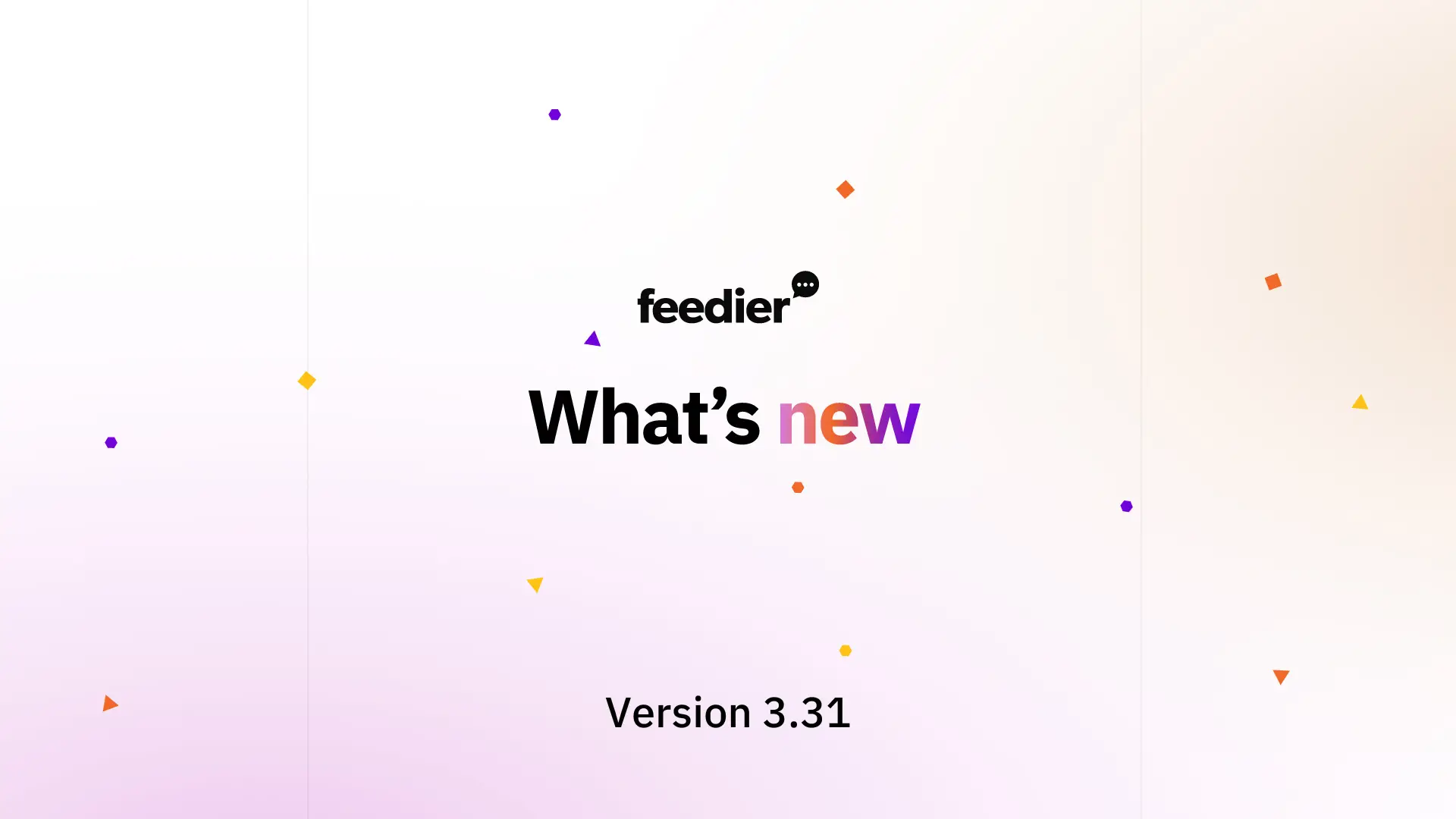The latest Feedier update introduces a major improvement in benchmarking capabilities. With Version 3.31, users can now break down key performance indicators (KPIs) over specific time intervals, enabling a clearer comparison of trends. This new feature allows businesses to analyze performance across weeks, months, or quarters, making it easier to detect meaningful patterns and optimize decision-making.
Let’s explore what’s new in this version.
Analyze KPI trends over time
Benchmarking plays a crucial role in understanding CX performance over time. Until now, users could track KPI trends, but the ability to break down key insights across different time intervals was missing. This limitation made it difficult to pinpoint when specific shifts occurred in customer sentiment, particularly for Net Promoter Score (NPS) categories such as Promoters, Passives, and Detractors.
With this version, Feedier introduces time-based breakdowns, allowing users to analyze KPIs in more detail over distinct periods.
What’s new?
Users can now select between three breakdown options when analyzing benchmark data:
- Quarters – Understand larger performance trends across broader business cycles.
- Months – Gain a medium-term view of variations in CX performance.
- Weeks – Detect short-term changes and identify early signals of issues or improvements.
By introducing these breakdowns, businesses can track changes more precisely and respond proactively to emerging trends.

How it works?
This update enhances the Benchmarking Component by offering a new “Breakdown By” option in the Report Builder. Here’s how it functions:
- Select a breakdown type – Choose between weeks, months, or quarters to structure your comparison.
- Refine your timeline – Once a breakdown type is chosen, a new “Timeline” dropdown appears, allowing users to define the period they want to analyze (e.g., Last Year, Last 6 Months, Last Quarter).
- Visualize insights effectively – The system automatically generates stacked bar charts for each time period selected. This visualization makes it easier to compare KPI performance over time.
It’s important to note that the “View Over Time” chart is not available for these breakdowns in this release. Instead, stacked bar charts provide a more structured way to analyze changes across selected periods.
Why this matters?
Time-based benchmarking provides a more structured, actionable approach to performance analysis. Instead of reviewing static scores or averages, users can now compare detailed breakdowns of CX trends, helping teams make informed decisions faster.
✅ Better trend analysis – Identify when CX performance changes occur, not just how it evolves.
✅ Proactive decision-making – Address customer experience issues before they become significant.
✅ Improved report accuracy – Deliver precise, data-driven insights to stakeholders.
For example, a company tracking its NPS scores might notice that detractors increased significantly in Q2. With this update, they can now correlate the trend with specific events, such as product launches, service changes, or seasonal shifts, and adjust their strategy accordingly.
Conclusion
With Version 3.31, Feedier enhances benchmarking by introducing time-based breakdowns, helping businesses gain deeper insights into KPI fluctuations. This update empowers CX teams to detect trends with greater precision, respond proactively to performance changes, and optimize their customer experience strategies more effectively.
By providing flexible, structured, and visually intuitive benchmarking capabilities, Feedier ensures that teams stay ahead of CX trends and make more informed decisions.
To learn more about this feature, request a demo with our dedicated team.



